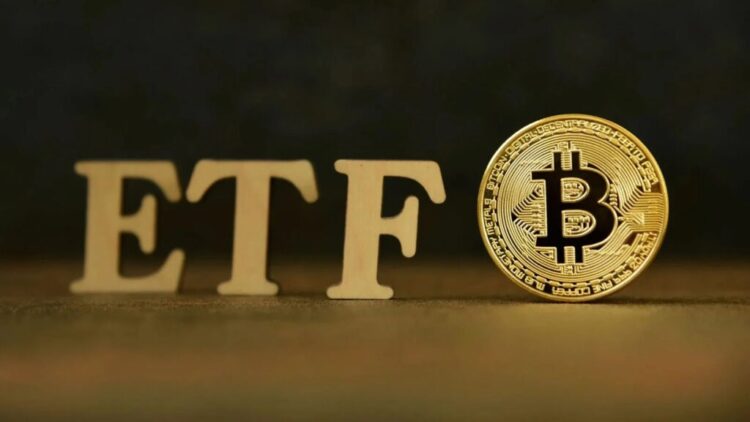Spot Bitcoin ETFs have recently emerged as significant players in the financial world, capturing the attention of investors and analysts alike due to a notable surge in market inflows. According to the latest data from SoSoValue, these ETFs have successfully attracted over $5 billion in investments over the past three weeks. This influx of capital aligns with an impressive Bitcoin price rally, which has seen the cryptocurrency’s value increase by over 23%.
Spot Bitcoin ETFs: Recycled Investments Rather Than New Money
Despite the excitement surrounding Spot Bitcoin ETFs, macro investment researcher Jim Bianco suggests that these financial instruments have not contributed significant growth to the Bitcoin market. In a series of insightful posts on November 2, Bianco argues that the impressive inflow records of these ETFs do not necessarily translate into new investments in the underlying asset.
Initially, Bianco praises the performance of these institutional funds, some of which have been recognized as top-performing ETFs in 2024 since their launch in January. However, he points out that Bitcoin has yet to surpass its all-time high value of $73,750, set eight months ago, despite the Spot Bitcoin ETFs accumulating over $12 billion in inflows during the same period.
Bianco notes that given the substantial inflows, Bitcoin should have potentially breached the $100,000 mark, especially considering other positive market indicators such as Federal Reserve rate cuts, the upcoming Bitcoin halving, and public endorsements by figures like Republican Presidential candidate Donald Trump.
Comparing Bitcoin and Gold ETFs: A Tale of Two Markets
For context, Bianco draws a comparison with Gold ETFs, which have seen over $6 billion in inflows since March 13, resulting in a 25% increase in gold’s market price during that period. He attributes this price growth to the influx of “new money” into the Gold ETFs. On the contrary, the majority of investments in Spot Bitcoin ETFs appear to be recycled funds transferred from on-chain wallets or centralized exchanges, lacking the injection of fresh capital into the market.
Jim Bianco supports his theory with a report from Coinbase CFO Alesia Haas, highlighting a decline in retail Bitcoin traders on the exchange in recent months. Additionally, he points out the average Spot BTC ETF trade value of $16,000 compared to the average gold ETF trade of $72,000, which suggests a trend of investments primarily from wealth managers and institutions.
In conclusion, Bianco expresses concern that Spot Bitcoin ETFs are not drawing in “new money” but are instead circulating existing investments in Bitcoin. He warns that this trend could potentially empower traditional financial institutions (TradFi) with more influence in the crypto market, challenging the core ethos of decentralization that cryptocurrencies were built upon.
Bloomberg Analyst Defends BTC ETFs Against Criticism
In response to Bianco’s critique, well-known Bloomberg ETF analyst Eric Balchunas has offered a strong rebuttal. He dismisses Bianco’s analysis as “mental gymnastics” and emphasizes the significant role these ETFs have played in driving Bitcoin’s price from $35,000 in January to nearly $70,000 at present.
The Strategic Value of Spot Bitcoin ETFs
Balchunas describes Spot Bitcoin ETFs as “powerful” investment tools due to their low cost, high liquidity, and association with well-established brand names. He advises against underestimating their impact on the market. As of the latest updates, Bitcoin continues to trade at $68,100, reflecting a slight decline of 2.55% over the past 24 hours.
In summary, the debate over the influence of Spot Bitcoin ETFs on the broader market continues, with experts offering varying perspectives on their true impact. Whether they are merely recycling existing investments or paving the way for future growth remains a topic of discussion among market analysts and investors.











